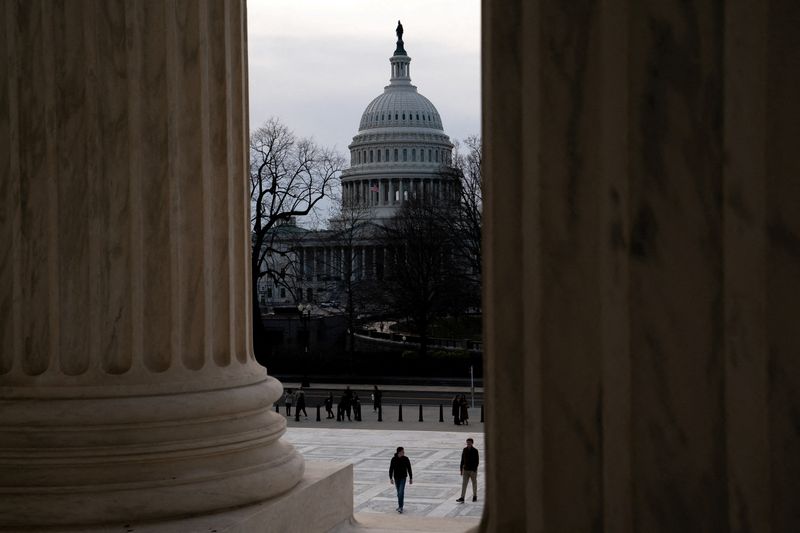By Timothy Gardner
WASHINGTON (Reuters) – U.S. senators from both parties introduced legislation on Thursday to accelerate the development of power plants powered by nuclear fusion reactions, an emerging technology that could one day help fight climate change.
The bill was introduced by Senators Alex Padilla, a Democrat, John Cornyn, a Republican, and others.
WHY IT’S IMPORTANT
It is unclear whether fusion, which aims to replicate the process that fuels the sun by fusing two light atoms together to create energy, will ever be deployed on Earth to generate energy.
If scientists and companies succeed, it could provide an energy source that emits virtually no greenhouse gas emissions and does not create large amounts of long-lasting radioactive waste. Countries such as Japan, Britain and China are also pursuing mergers.
WHAT WOULD IT DO?
A year ago, the U.S. Nuclear Regulatory Commission voted to create a separate regulatory framework for nuclear fusion, different from that for nuclear fission, because there are fewer concerns about waste and safety.
The Fusion Energy Act would create a tailored NRC regulatory framework aimed at supporting the growth of commercial fusion. It would also require the NRC to report to Congress within a year on the licensing of commercial fusion machines.
KEY QUOTES
“We now need clear regulatory authority to scale up commercial U.S. fusion energy facilities and incentivize fusion investment,” Padilla said.
Cornyn said, “Fusion energy offers a potential clean, safe energy source that can help meet our nation’s energy needs. I am proud to support advances in fusion technology as part of Texas’ comprehensive energy economy.”

WHAT’S NEXT?
An accompanying bill has already been passed in the House of Representatives. The bipartisan sponsors in the Senate are working to have their bill included in a nuclear package deal through House and Senate committees.


